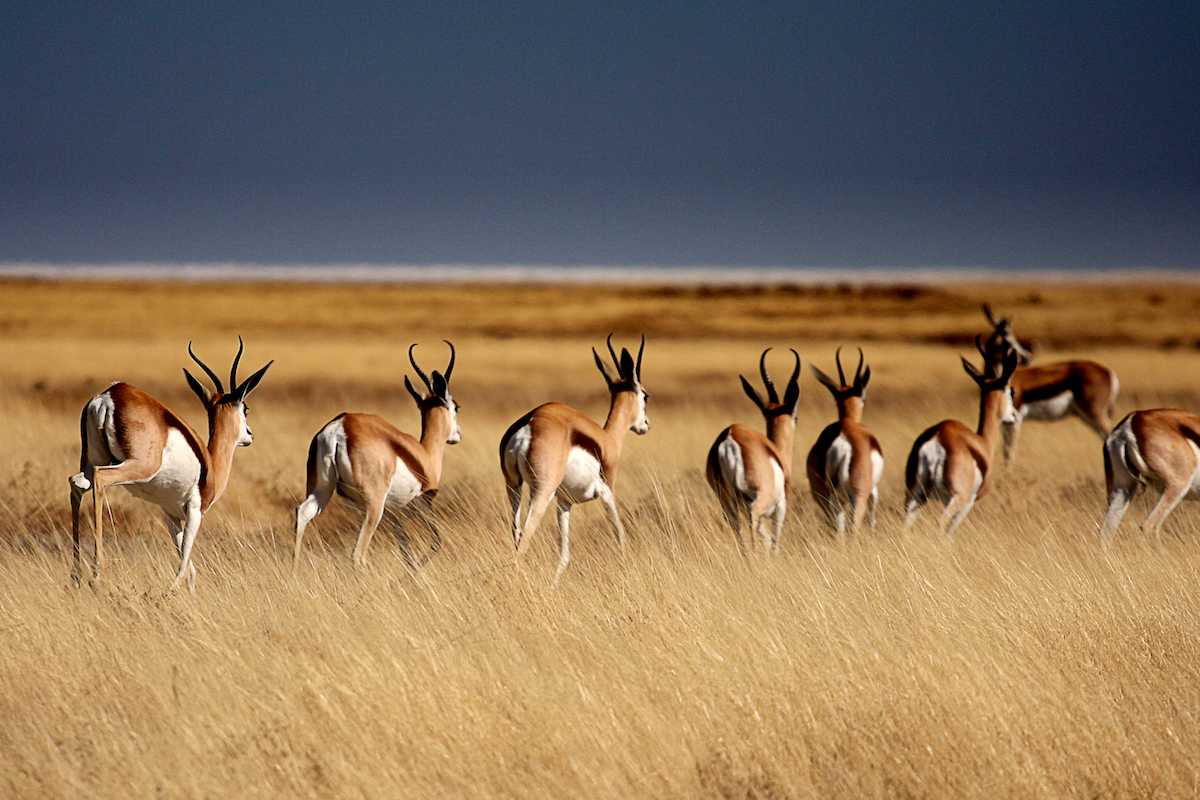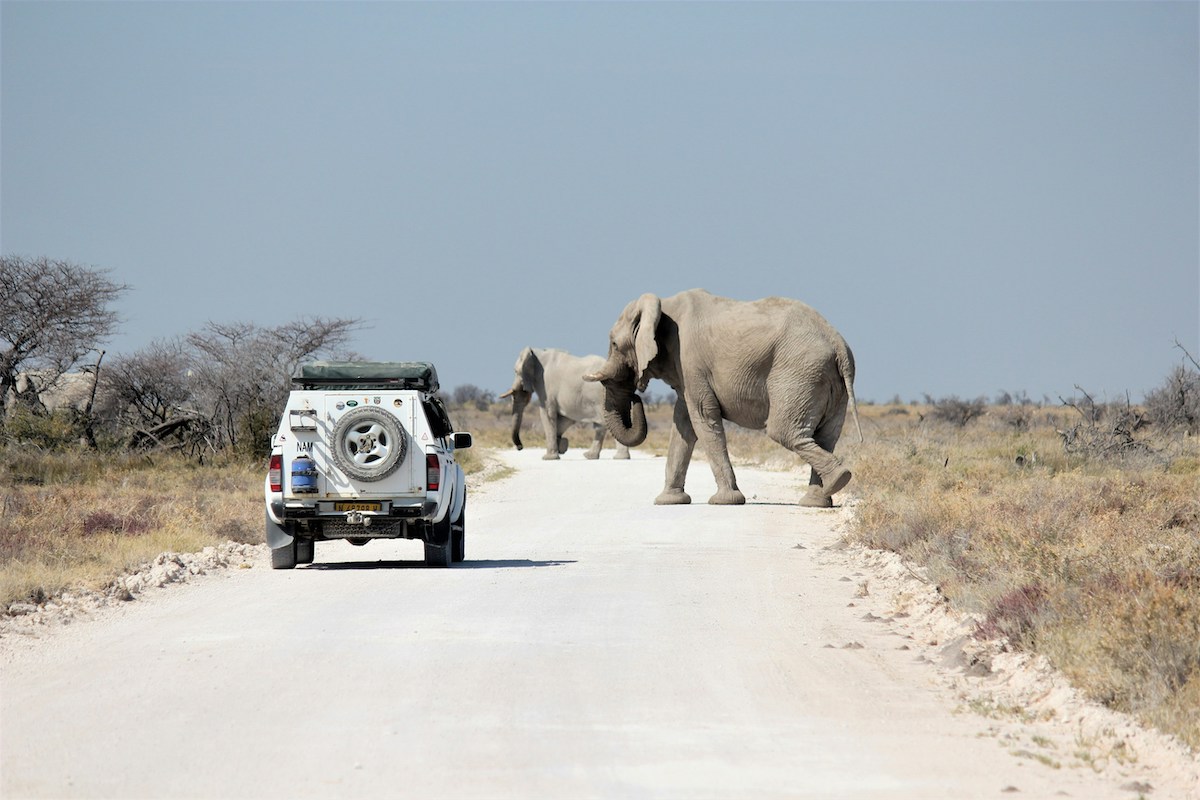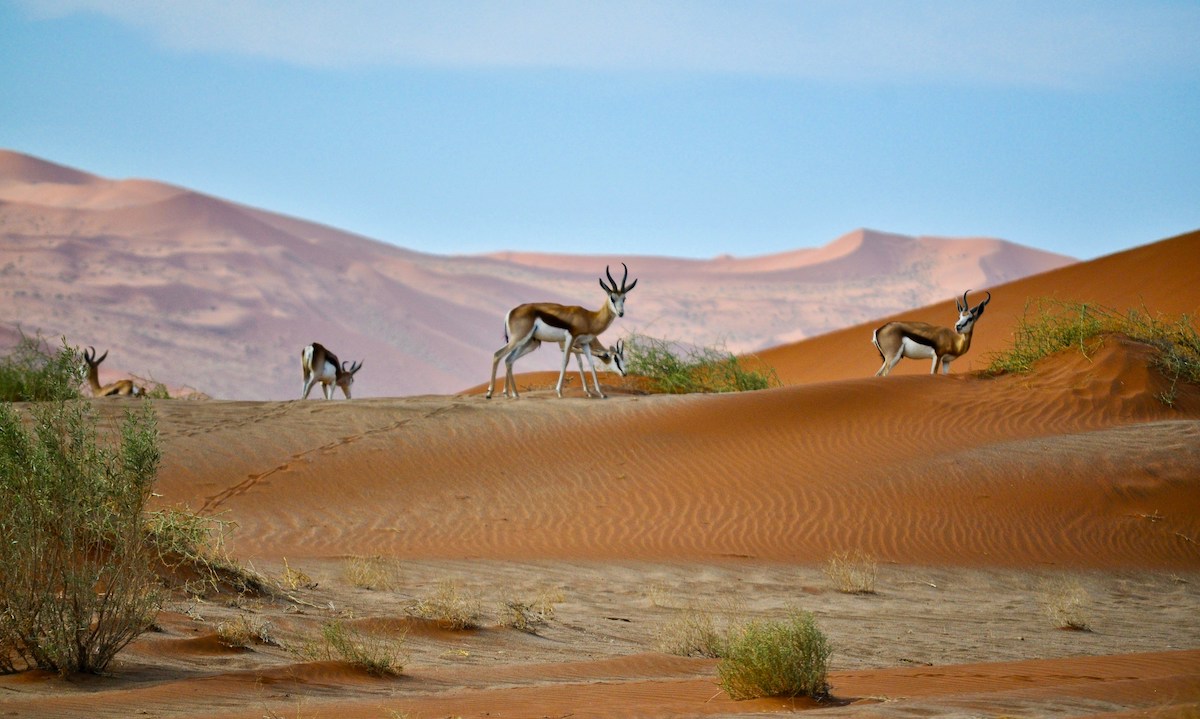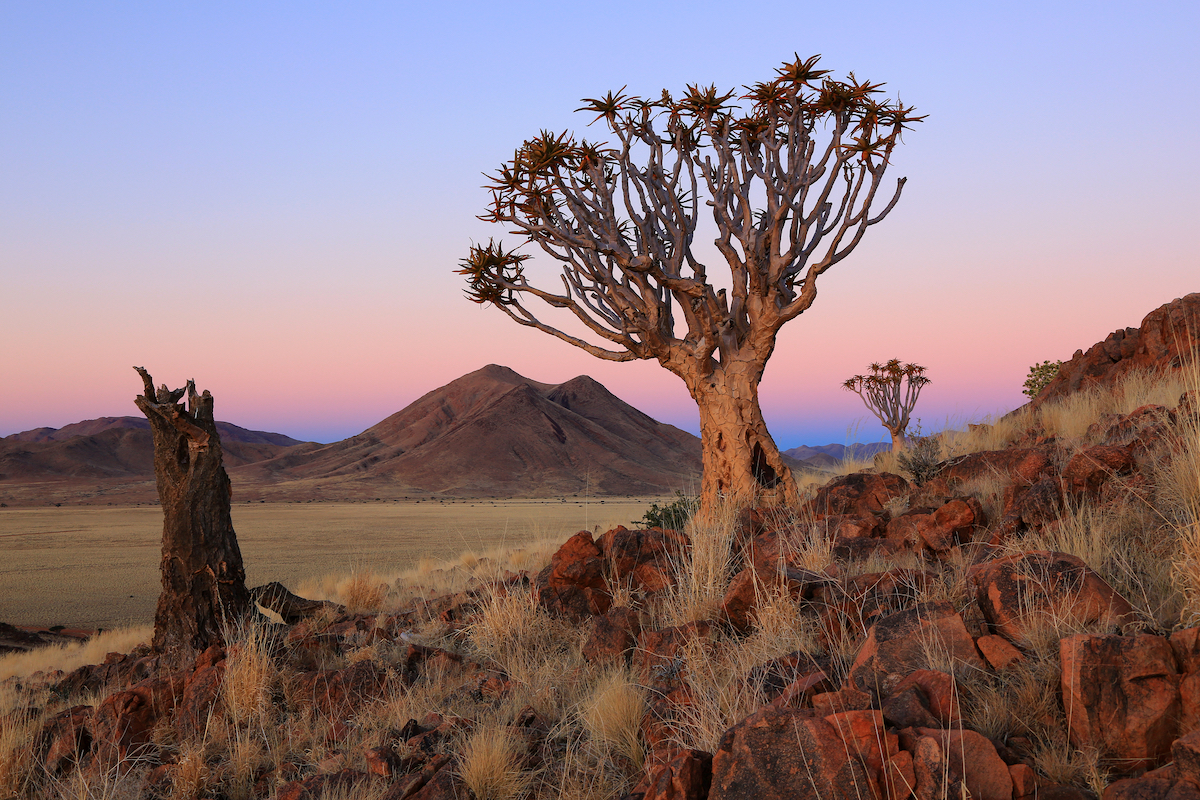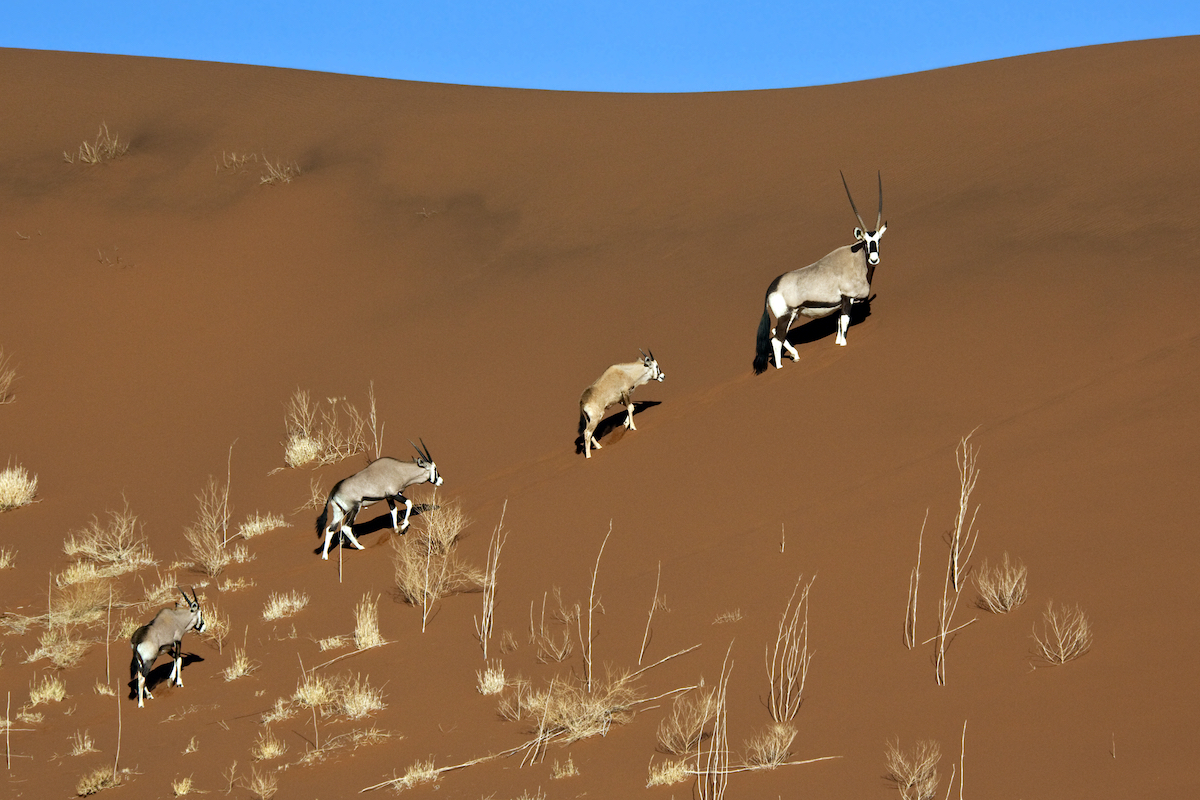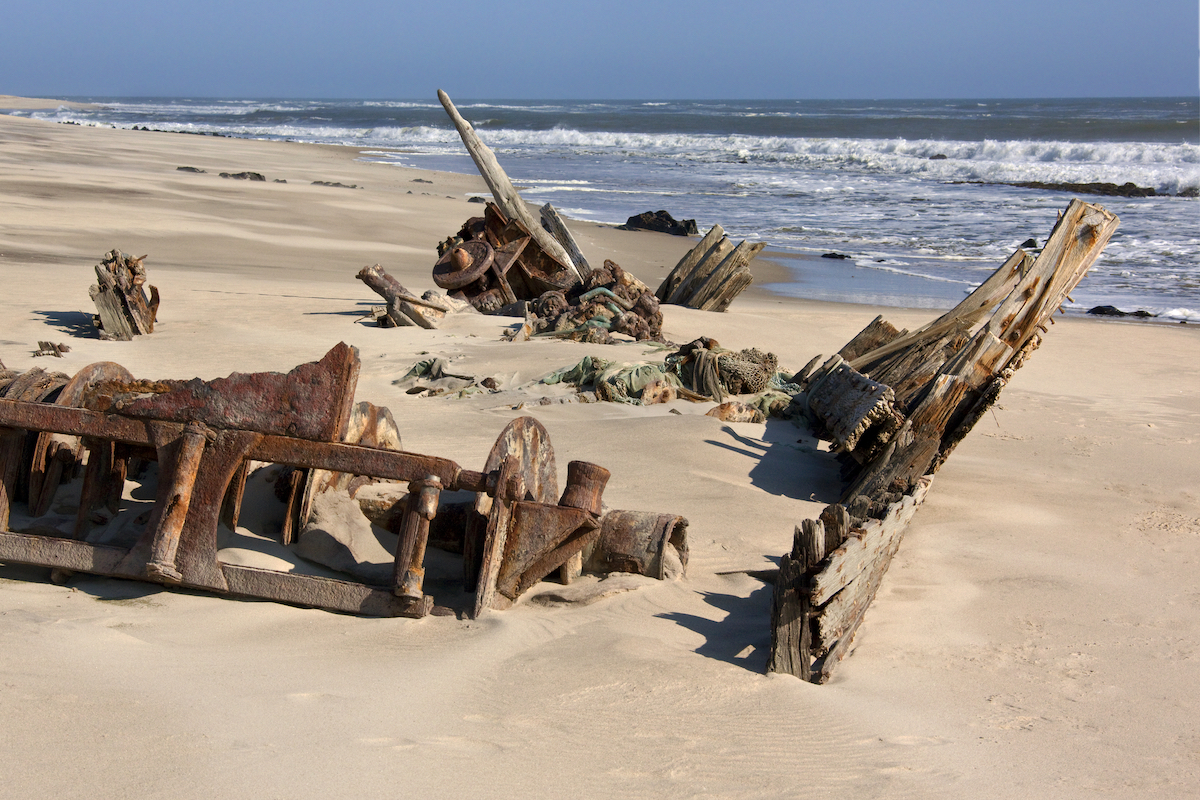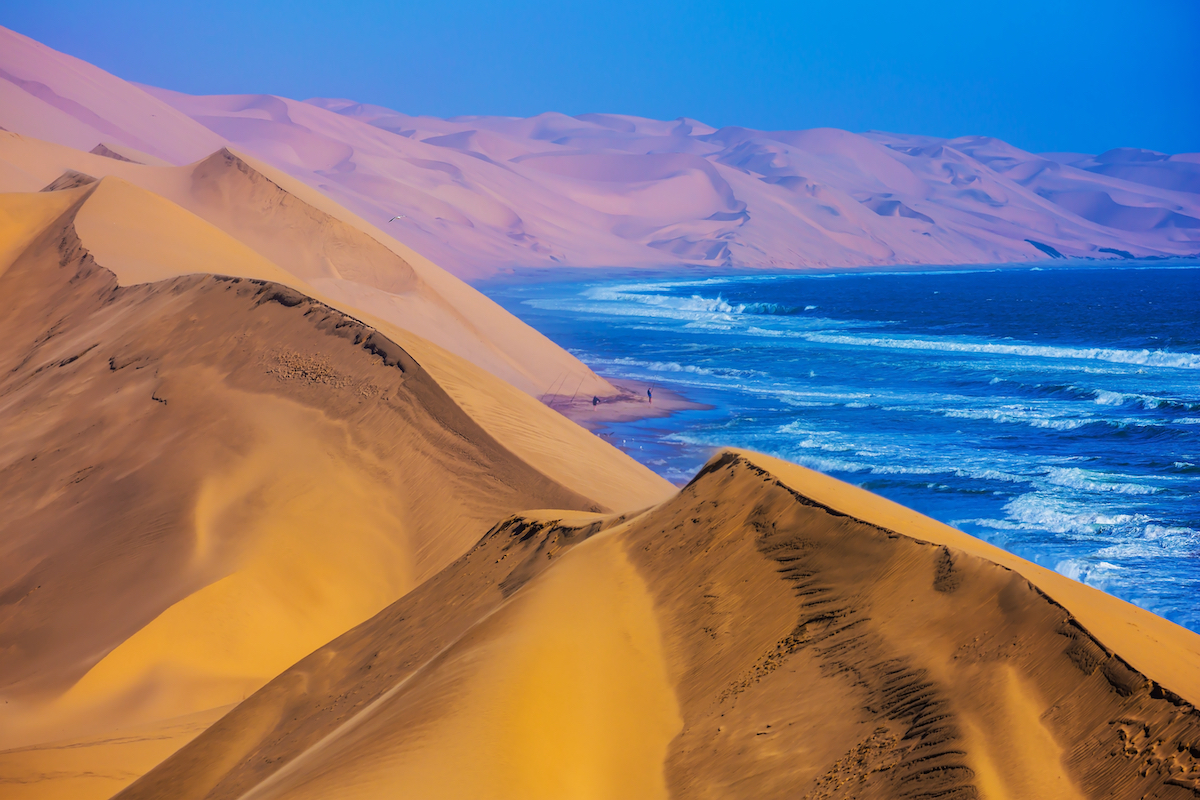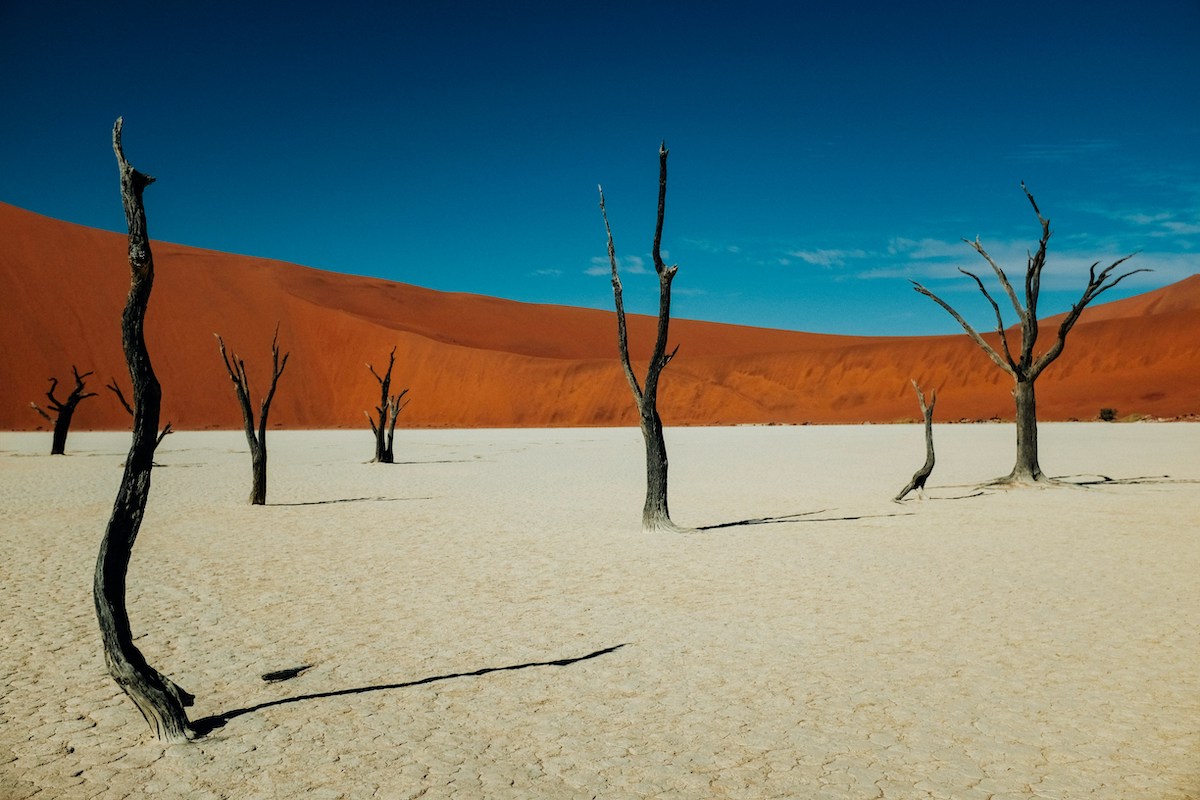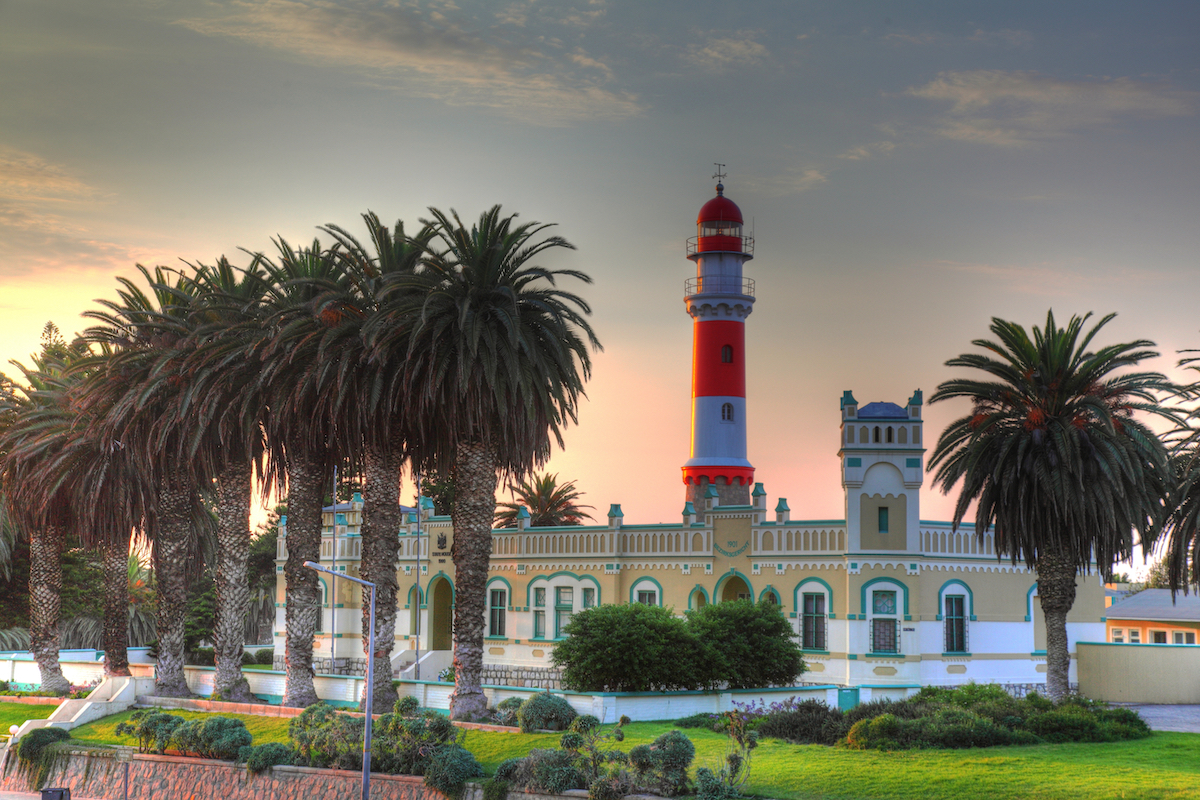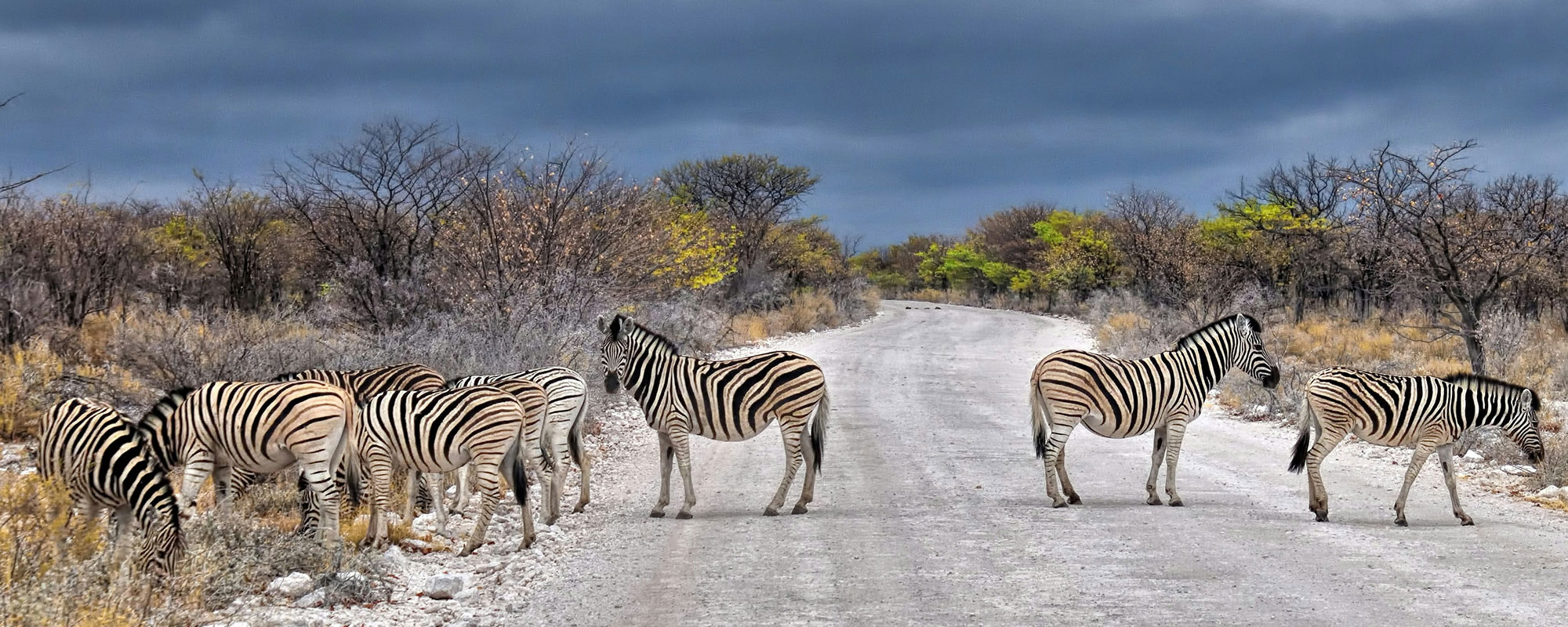
VISIT NAMIBIA
Namibia has a lot of similarities with South Africa because it was a territory of South Africa for many decades. Much of the culture, food and language are very connected – and even the Namibian dollar currency is one-to-one in having the same value as the South African rand (making it more affordable for Canadians). This makes it a very popular ‘add-on’ to a trip to South Africa or easy to do as a standalone holiday. The roads are in great condition and low traffic numbers make this a popular self-drive destination for those who enjoy multi-day road trips.
Although almost all of Namibia is true and semi-desert, it has amazing landscapes and wildlife that have adapted to live without much water. We will see huge sand dunes, massive salt pans and even ancient rock paintings, depending on our itinerary. And, with such a low population (around two million people), there is very little light pollution and virtually no cloud cover, making for incredible views of the Milky Way.
NAMIBIA SAFARIS
In addition to my main safari itinerary, here are some other options:
TOP PLACES TO VISIT
ETOSHA
Etosha means ‘the great white place’ in the native language and refers to an enormous salt pan in the national park. There are also several private reserves around the national park that offer more luxurious accommodation. This is Namibia’s top wildlife preserve and a must-do for every visitor.
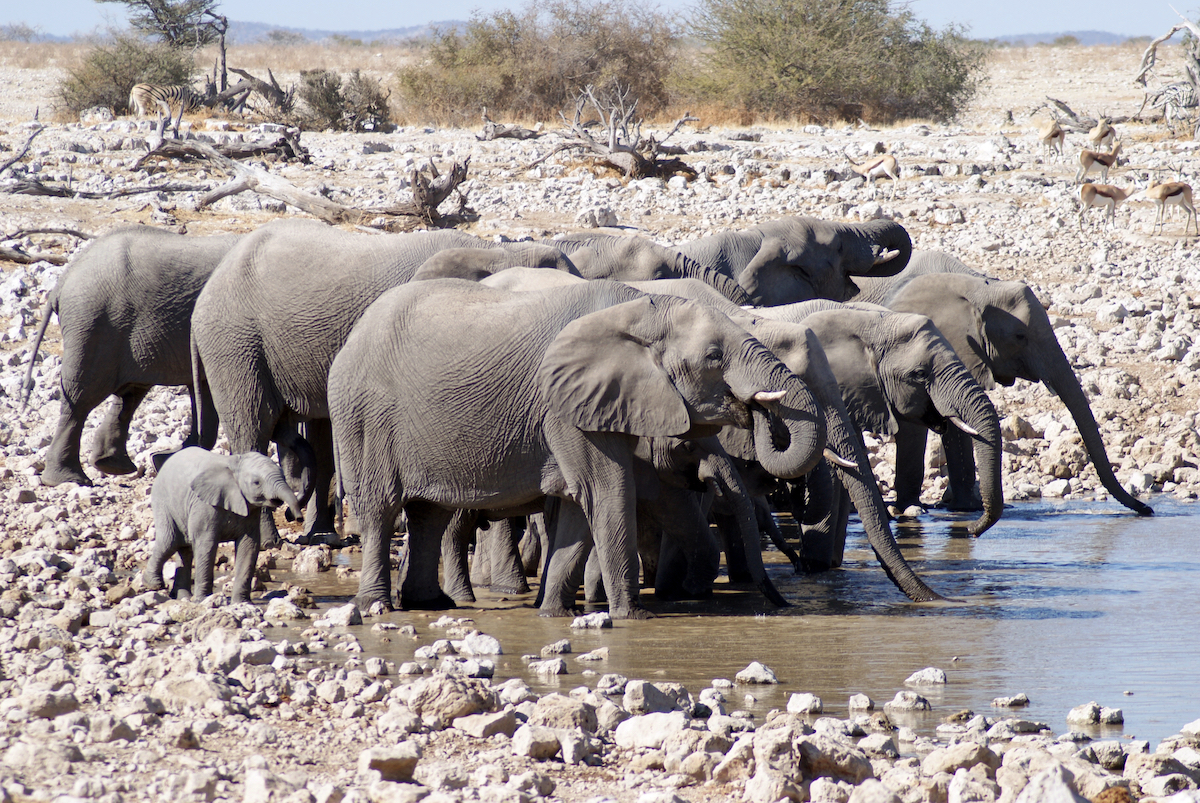
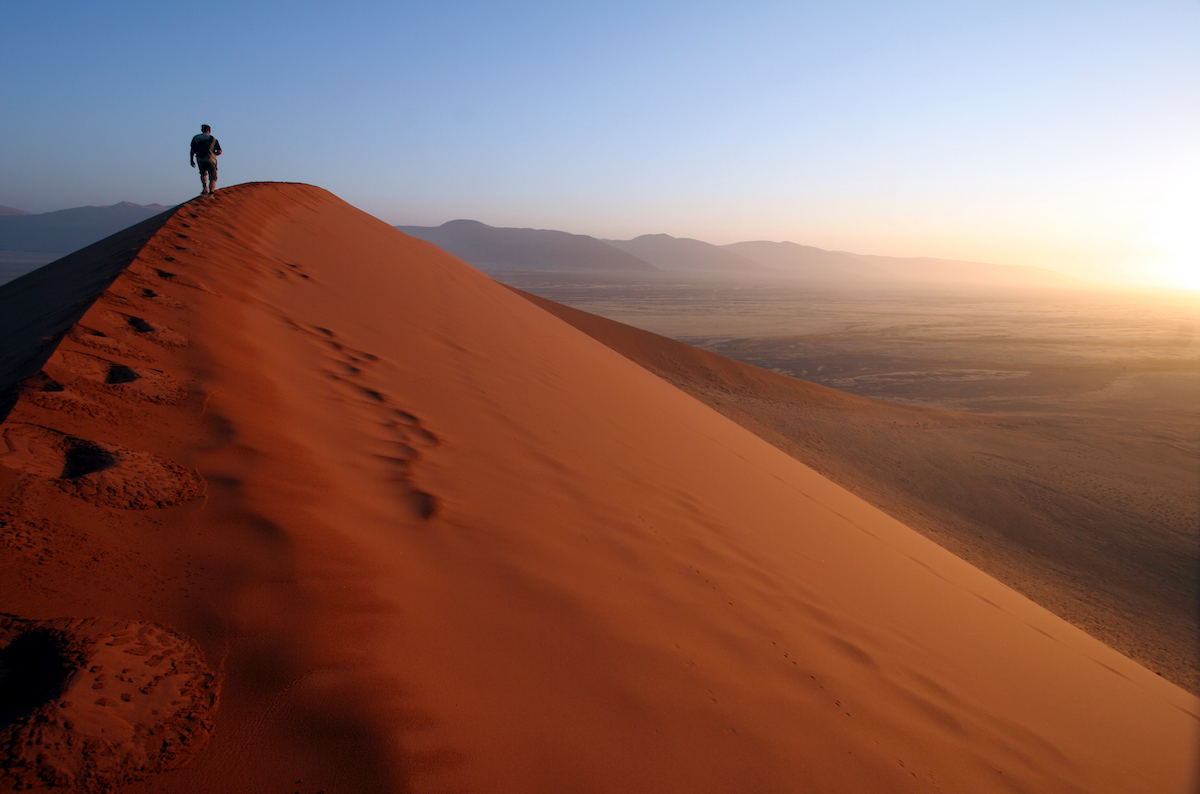
NAMIB DESERT
The world’s oldest desert also has some of its highest dunes – climbing Dune 45 at sunrise is a tradition for all first-time visitors. Sossusvlei and Deadvlei are two ancient former wetlands where you can see ‘petrified’ trees that have been absorbed into the desert. This is a great place for hot-air ballooning and quad-biking (ATV rides).
SWAKOPMUND
A charming seaside town that retains much of the 19th century Germanic architecture from when the country was a German colony – some restaurants still offer German cuisine and beer! This is a popular stop after the Namib Desert and in addition to history, offers seasonal whale watching, boat cruises on the Atlantic and affordable eating out.
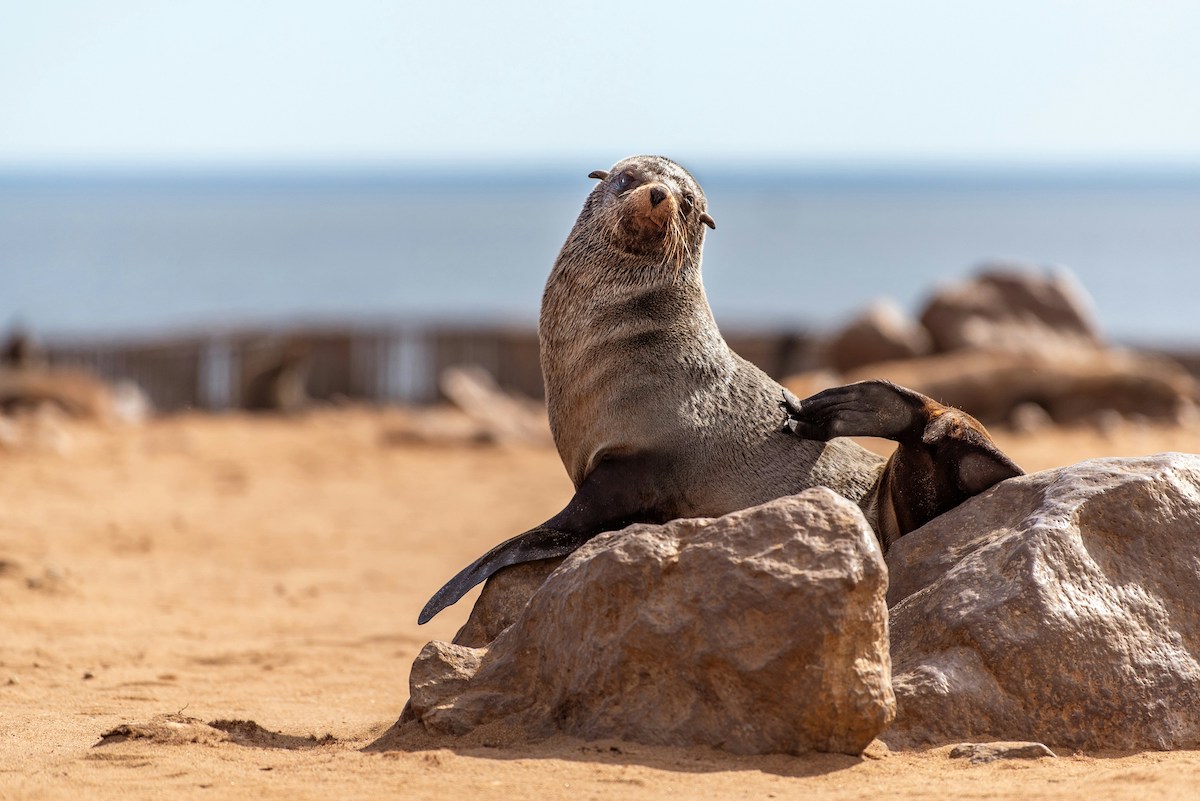
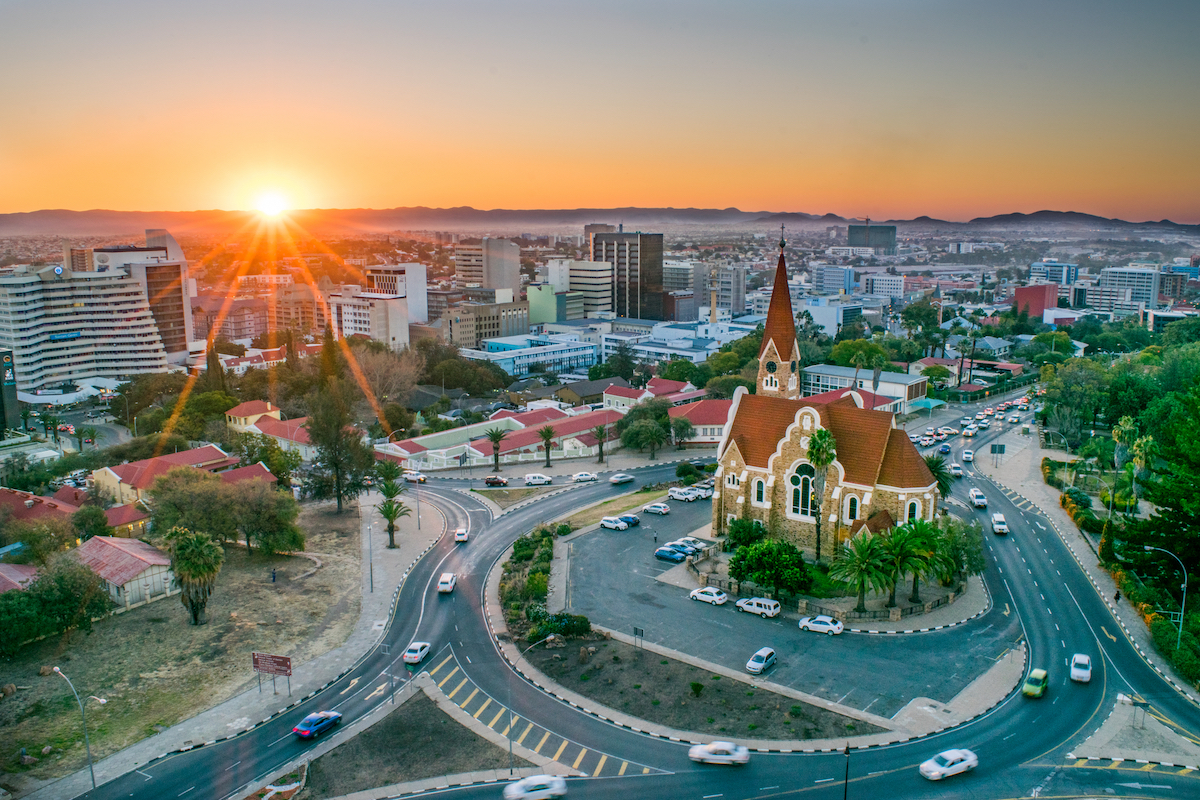
WINDHOEK
The capital is clean, modern and organised with plenty of options for shopping and dining out at affordable prices. Namibians are friendly and hospitable with high levels of good English spoken. It is generally the start and end point for our Namibian safaris.
